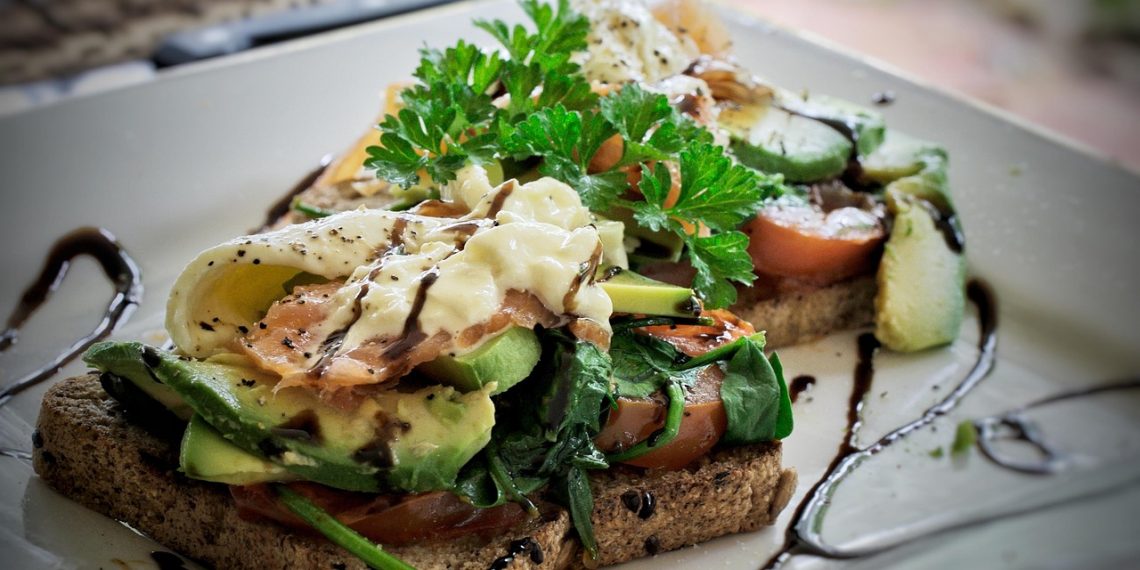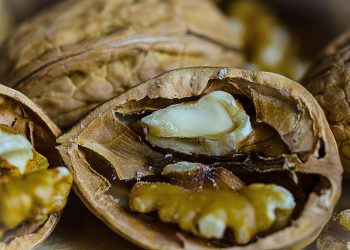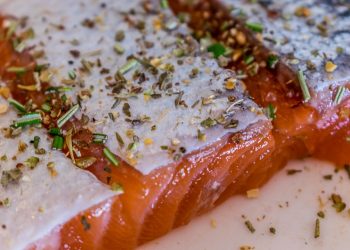Did you know that the food you eat can have a profound effect on your brain health? It’s true! Omega-3 fatty acids, in particular, are like the superheroes of the nutritional world when it comes to brain function. They’re essential for cognitive performance, memory, and even mood regulation. So, if you’re looking to give your noggin a boost, why not do it with something delicious? Here are five mouthwatering dishes that are not only tasty but also packed with brain-boosting omega-3s.
Contents
1. Salmon with Quinoa and Spinach
Why It’s Brain-Boosting
Salmon is often hailed as one of the best sources of omega-3 fatty acids, particularly EPA and DHA, which are crucial for brain health. A 3.5-ounce (100-gram) serving of salmon contains about 2.2 grams of omega-3s. Quinoa adds a healthy dose of protein and fiber, while spinach provides antioxidants and vitamins.
How to Prepare It
-
Ingredients:
- 1 salmon fillet (about 6 ounces)
- 1 cup cooked quinoa
- 2 cups fresh spinach
- Olive oil, salt, and pepper to taste
- Lemon wedges for serving
-
Instructions:
- Preheat your oven to 400°F (200°C).
- Season the salmon with olive oil, salt, and pepper. Place it on a baking sheet and bake for 12-15 minutes.
- In a skillet, sauté the spinach in a little olive oil until wilted.
- Serve the salmon on a bed of quinoa with the sautéed spinach on the side. Squeeze lemon juice over the top for added flavor.
Pros and Cons
Pros: This dish is quick to prepare, rich in omega-3s, and loaded with nutrients.
Cons: Some people may find salmon a bit pricey, but buying frozen fillets can be a more budget-friendly option.
2. Chia Seed Pudding
Why It’s Brain-Boosting
Chia seeds are tiny powerhouses of omega-3 fatty acids. Just two tablespoons contain about 5 grams of ALA, a type of omega-3. They’re also rich in fiber, which can help maintain steady energy levels — a win for brain function!
How to Prepare It
-
Ingredients:
- 1/4 cup chia seeds
- 1 cup almond milk (or any milk of your choice)
- 1 tablespoon honey or maple syrup
- Fresh fruits and nuts for topping
-
Instructions:
- In a bowl, mix chia seeds, almond milk, and sweetener. Stir well to avoid clumping.
- Cover and refrigerate for at least 4 hours, or overnight.
- Once set, top with your favorite fruits and nuts before serving.
Pros and Cons
Pros: Super easy to make and can be prepared in advance.
Cons: The texture may be off-putting to some; it’s definitely an acquired taste!
3. Walnut and Avocado Toast
Why It’s Brain-Boosting
Walnuts are another excellent source of omega-3s, with about 2.5 grams per ounce. Avocados are rich in healthy fats and fiber, making this dish not only brain-friendly but also filling.
How to Prepare It
-
Ingredients:
- 1 slice whole-grain bread
- 1/2 ripe avocado
- 1/4 cup chopped walnuts
- Salt, pepper, and red pepper flakes to taste
-
Instructions:
- Toast the bread to your liking.
- Mash the avocado in a bowl and season with salt and pepper.
- Spread the mashed avocado on the toast and top with chopped walnuts and a sprinkle of red pepper flakes.
Pros and Cons
Pros: This dish is great for breakfast or a quick snack.
Cons: If you’re allergic to nuts, you’ll need to skip the walnuts or find a substitute.
4. Mackerel Salad
Why It’s Brain-Boosting
Mackerel is another fatty fish that’s rich in omega-3s, providing around 4,500 milligrams per serving. It’s also packed with vitamin D, which is essential for brain health and mood regulation.
How to Prepare It
-
Ingredients:
- 1 can of mackerel (preferably in water or olive oil)
- 2 cups mixed greens
- 1/2 cup cherry tomatoes, halved
- 1/4 cucumber, sliced
- Olive oil, lemon juice, salt, and pepper for dressing
-
Instructions:
- In a bowl, mix the greens, tomatoes, and cucumber.
- Drain the mackerel and flake it over the salad.
- Drizzle with olive oil and lemon juice, and season with salt and pepper.
Pros and Cons
Pros: Quick and easy to throw together, plus it’s highly nutritious.
Cons: Some people might find the taste of mackerel too strong, but it’s worth a try!
5. Flaxseed Smoothie
Why It’s Brain-Boosting
Flaxseeds are a fantastic plant-based source of omega-3s, specifically ALA. Just one tablespoon contains about 2.4 grams. They also provide fiber and lignans, which have antioxidant properties.
How to Prepare It
-
Ingredients:
- 1 tablespoon ground flaxseeds
- 1 banana
- 1 cup spinach
- 1 cup almond milk (or any milk of your choice)
- Ice cubes (optional)
-
Instructions:
- In a blender, combine all ingredients and blend until smooth.
- Pour into a glass and enjoy!
Pros and Cons
Pros: Quick, nutritious, and can be customized with various fruits.
Cons: If you’re not a fan of spinach, you can swap it out for kale or even leave it out altogether.
FAQs
1. What are omega-3 fatty acids?
Omega-3 fatty acids are essential fats that the body cannot produce on its own. They play a crucial role in brain health, heart health, and reducing inflammation.
2. How much omega-3 do I need daily?
The recommended daily intake varies, but the American Heart Association suggests eating at least two servings of fatty fish per week, which provides about 500-1,000 mg of EPA and DHA combined.
3. Can I get omega-3s from plant sources?
Yes! Plant-based sources like flaxseeds, chia seeds, and walnuts are excellent sources of ALA, a type of omega-3 fatty acid.
4. Are omega-3 supplements effective?
While omega-3 supplements can be beneficial, it’s generally recommended to get nutrients from whole foods. Always consult a healthcare provider before starting any supplements.
Conclusion
Incorporating omega-3-rich dishes into your diet doesn’t have to be a chore. From salmon to chia pudding, there’s a wide variety of tasty options that can help boost your brain health. So, why not experiment with these dishes and see how they can fit into your lifestyle? After all, a happy brain often leads to a happier life.
Remember, the journey to better brain health is ongoing, and while these foods are beneficial, it’s always good to consult a healthcare provider for personalized advice.
This article is for educational purposes only and is not a substitute for professional medical advice. Always consult a qualified healthcare provider before making changes to your health routine.
References
-
Calder, P. C. (2013). Omega-3 fatty acids and inflammatory processes: from cells to the clinic. Biochemical Society Transactions, 41(4), 1030-1036. https://doi.org/10.1042/BST20130014
-
Mayo Clinic Staff. (2022). Omega-3 fatty acids: An essential nutrient. Mayo Clinic. https://www.mayoclinic.org/drugs-supplements-omega-3-fatty-acids/art-20309501
-
National Institutes of Health. (2021). Omega-3 fatty acids fact sheet for health professionals. NIH Office of Dietary Supplements. https://ods.od.nih.gov/factsheets/Omega3FattyAcids-HealthProfessional/
Get Your FREE Natural Health Guide!
Subscribe now and receive our exclusive ebook packed with natural health tips, practical wellness advice, and easy lifestyle changes — delivered straight to your inbox.














